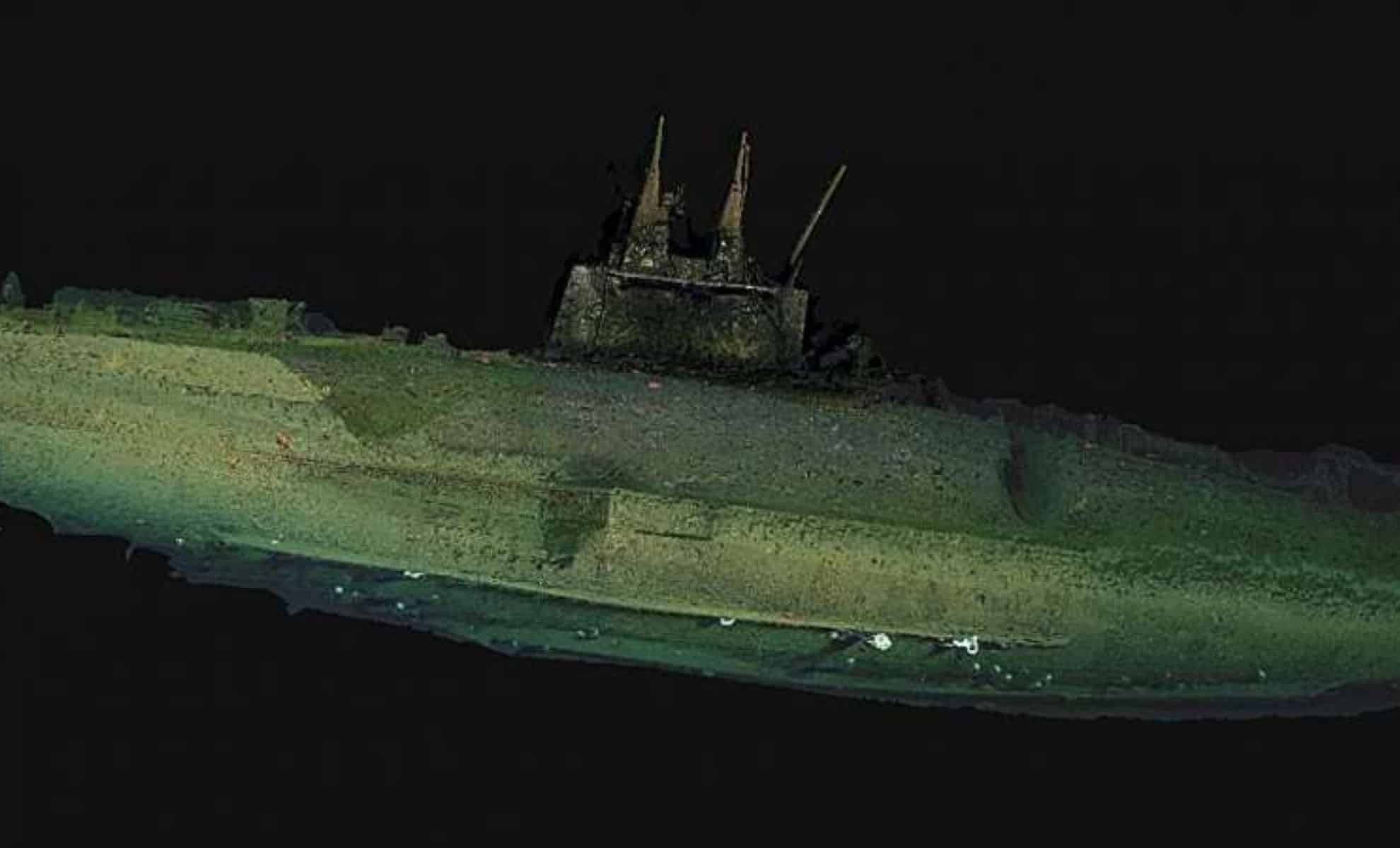A recent deep-sea expedition conducted by the Woods Hole Oceanographic Institution (WHOI) has provided detailed, never-before-seen images of the USS F-1, a U.S. Navy submarine lost in 1917 off the coast of San Diego. The submarine tragically sank on December 17, 1917, resulting in the loss of 19 crew members. For over a century, the final resting place of this World War I-era vessel remained a mystery hidden beneath nearly 400 meters of ocean. Thanks to a multi-agency collaboration and state-of-the-art deep-sea technology, researchers used advanced underwater vehicles to capture high-definition footage and precise 3D photogrammetric models of the wreck. More information about the mission and the technology involved can be found on the official WHOI website.
Advanced Technology and Teamwork Uncover a Century-Old Wreck
The mission’s success relied heavily on the combination of sophisticated technology and expert teamwork across several scientific and military institutions. Bruce Strickrott, who manages the Alvin Group at WHOI and served as the senior pilot for the expedition, highlighted the importance of both factors in obtaining the groundbreaking images. “Advanced ocean technology and simple teamwork played a big part in delivering these new images,” Strickrott said. The expedition utilized the human-occupied vehicle (HOV) Alvin alongside the autonomous underwater vehicle (AUV) Sentry, both integral parts of the National Deep Submergence Facility (NDSF). These vehicles enabled the team to carry out meticulous sonar surveys and video imaging that had never been done before at this site. Strickrott reflected on the personal significance of the dive: “Once we identified the wreck and determined it was safe to dive, we were able to capture never-before-seen perspectives of the sub. As a U.S. Navy veteran, it was a profound honor to visit the wreck of the F-1 with our ONR and NHHC colleagues aboard Alvin.” This blend of advanced machinery and veteran experience allowed for a detailed and respectful exploration of a historical naval site.


Essential Tools for Deep Ocean Exploration and Historical Preservation
The expedition demonstrated the vital role of the National Deep Submergence Facility in making deep ocean research possible. Lisa Clough, acting division director for the NSF Division of Ocean Sciences, emphasized how the NDSF’s equipment supports diverse missions, stating, “The NDSF provides essential equipment for reaching the deep ocean.” Beyond their crucial use in exploring geologic hazards and marine ecosystems, vehicles like Alvin and Sentry serve as unique platforms for training future ocean scientists and revealing important historical artifacts lost to the ocean’s depths. The expedition, which spanned several dives, combined sonar mapping from the research vessel Atlantis and the AUV Sentry with video and still images from Alvin. This integration produced high-resolution 3D models of the submarine and its surrounding seafloor. These models not only advance scientific understanding of deep-sea environments but also preserve the USS F-1’s legacy, highlighting how technology can bridge oceanographic research with cultural heritage preservation.




